Gifting has never been easier
Perfect if you're short on time or are unable to deliver your gift yourself. Enter your message and select when to send it.
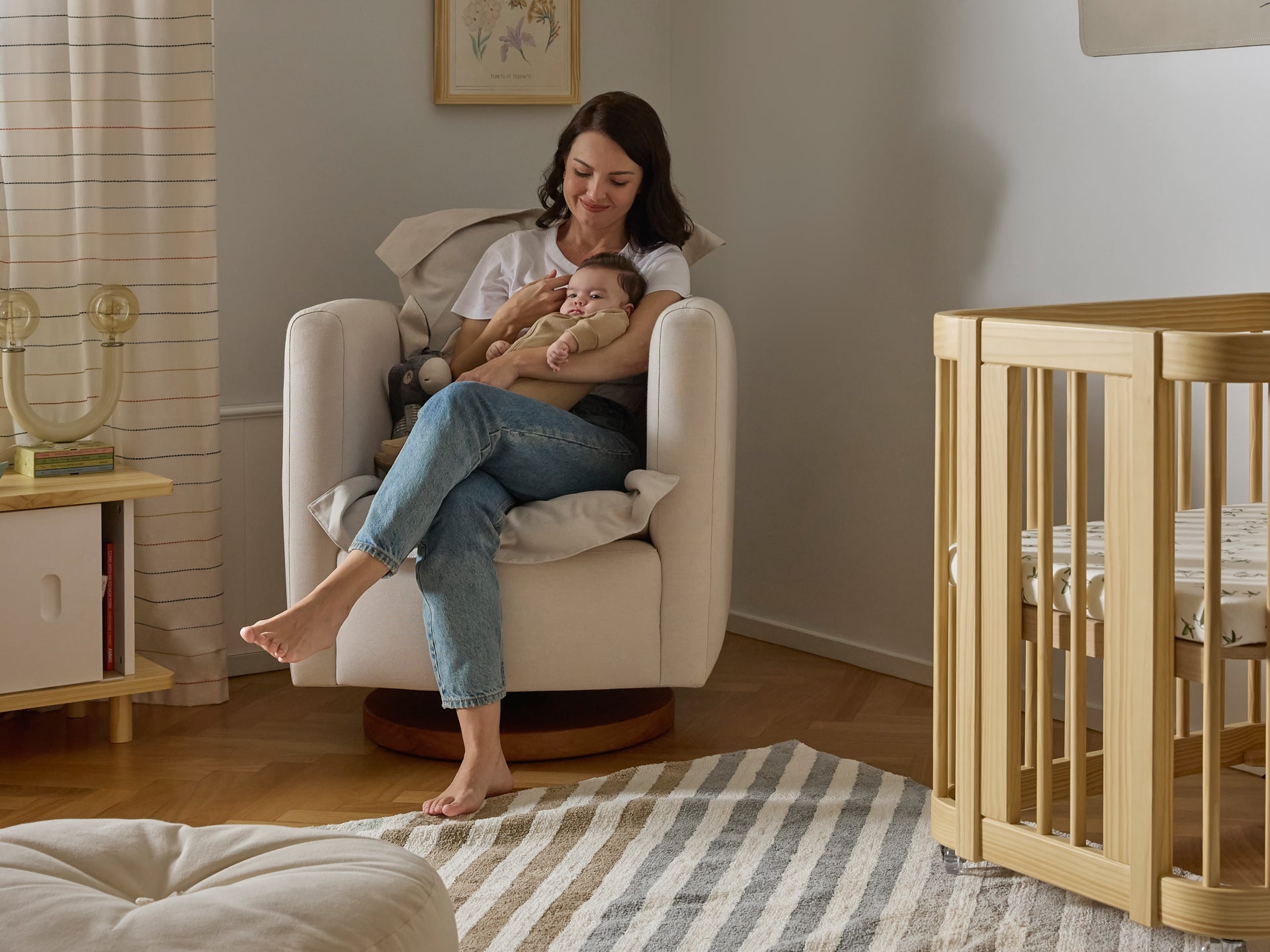
There’s a lot of questions that come up when you first learn a baby is on the way. Can I still drink coffee? What’s the difference between a bassinet and a crib? And where is all of the stuff going to go—without completely taking over the house?
Maybe you already have your nursery all mapped out—but for many, especially for city-dwellers, you’re facing a square-footage puzzle that requires figuring out where to fit a crib, changing pad, toys, diapers, and more into an already-tight space. This is why we tapped designer and mom-of-two, Hollie Velten, of SPACES by Hollie Velten to give us some insight on how to design the nursery of your dreams with limited space.
“A nursery is one of the more satisfying small-space exercises,” Velten shares. “It’s a room—or even a corner—that can be treated almost like a jewel box. Smaller proportions invite innovative choices: patterned wallpaper, considered lighting, and furniture that works twice as hard.” Read on for Velten’s tips on how to maximize your space for a baby—without sacrificing style or function.
When you’re short on space every piece of furniture matters and should earn its keep. Opt for multi-purpose pieces—think a dresser that doubles as a changing table, an ottoman that hides blankets and toys, or a three-in-one crib that can easily go from bassinet to full-size crib to toddler bed—this way you’re making the most out of every item. “If space allows, a comfortable chair for feeding or reading is essential,” says Velten. “But pair it with an ottoman or side table that can provide storage, as well.”
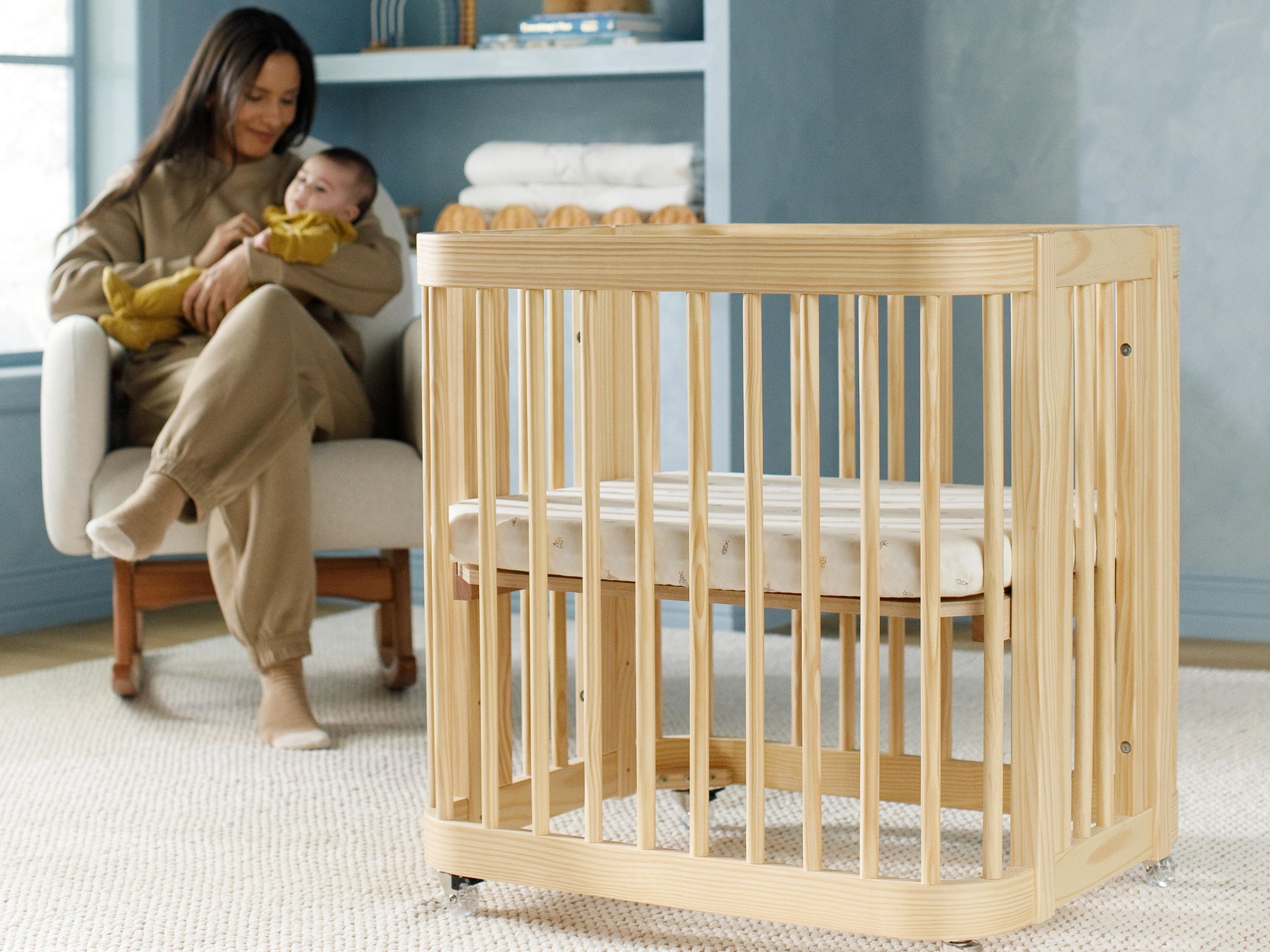
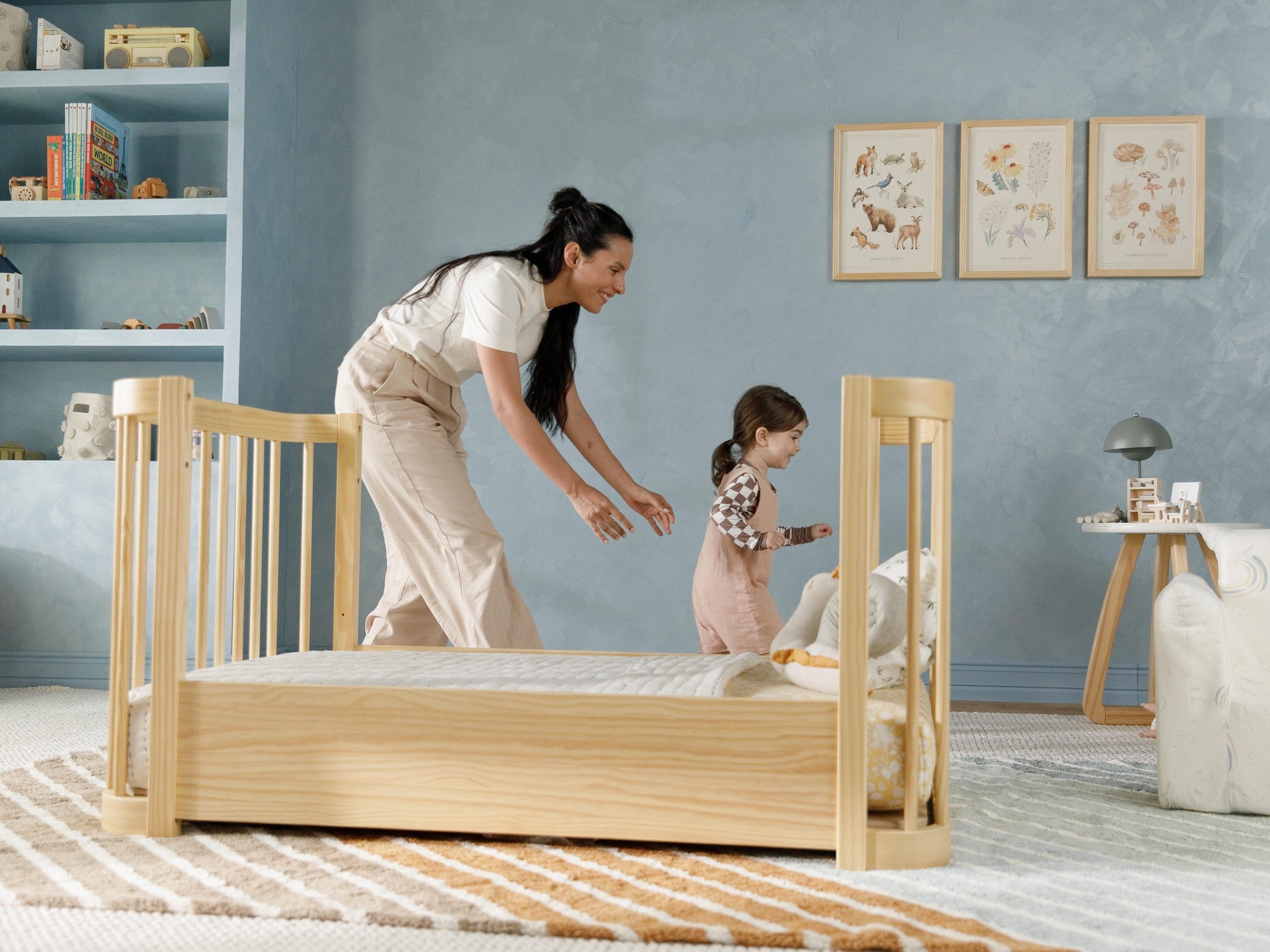
While some might think patterns in a small space will create visual clutter—it’s actually quite the opposite, according to Velten. “Upholstery or wallpaper in a pattern with movement or complexity can bring life to a room, doing the work of many smaller, less necessary pieces,” shares Velten. “If the palette leans organic—with wood tones in the crib and dresser—consider an unexpected rug to anchor the room. A patterned piece can bring just enough performance and presence without overpowering the calm.”
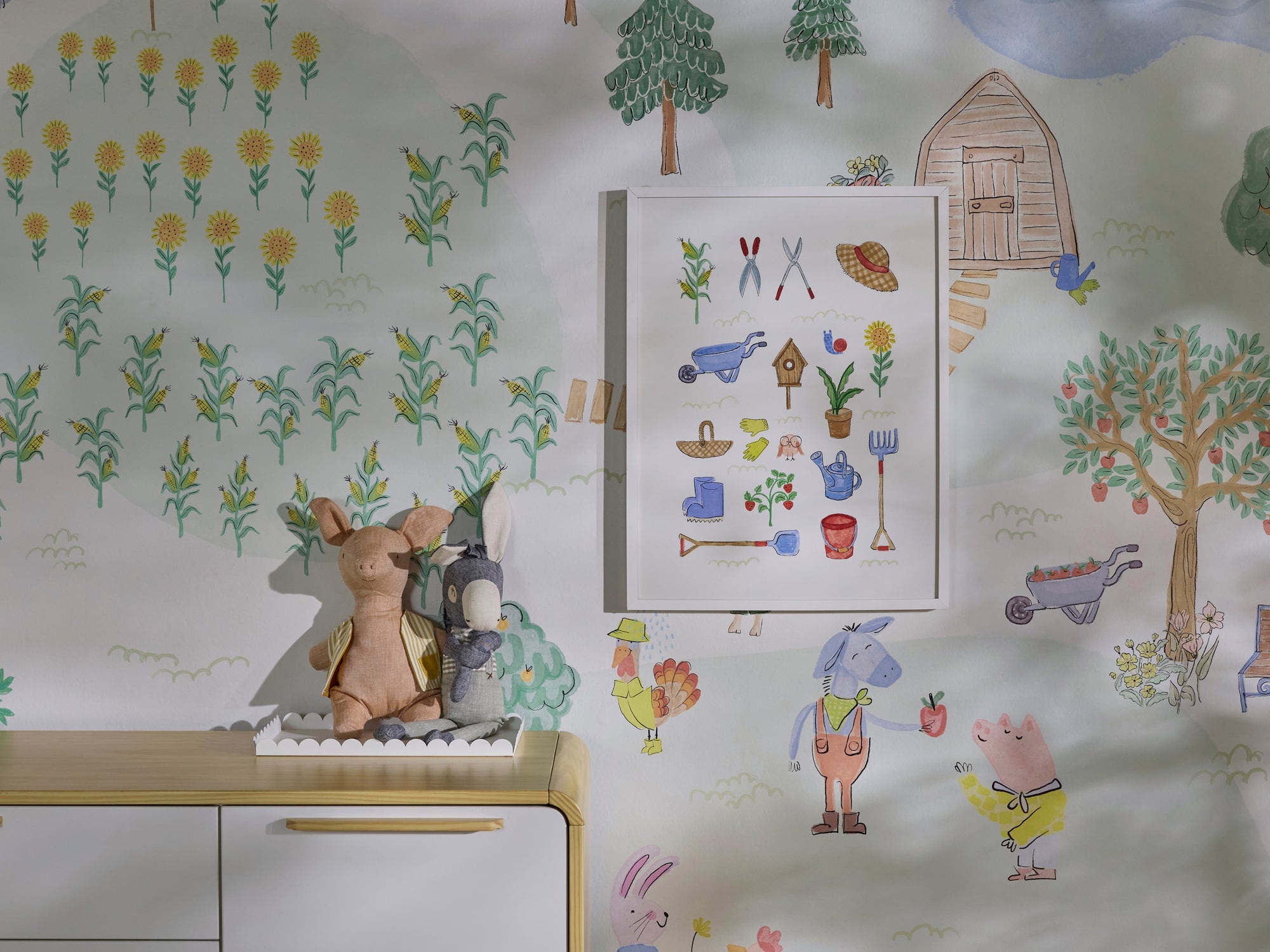
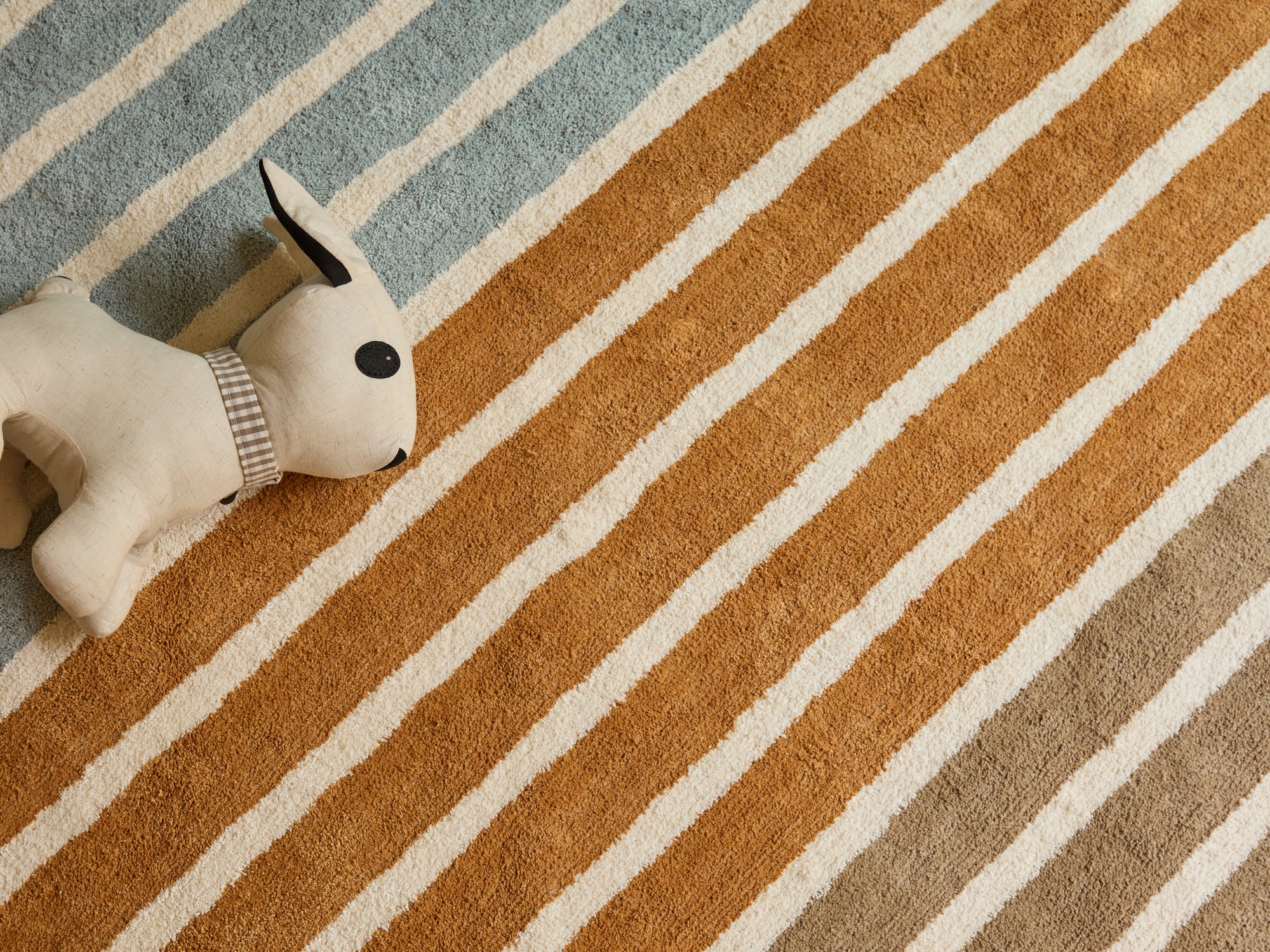
If your space is large enough for a dresser, make sure it works hard but looks good doing it—dressers with extra depth for maximizing space while minimizing footprint are a smart choice. “When a dresser stands in as a changing table, anchor the space with a mirror, which creates the illusion of a bigger room,” Velten says. “You can also hang a small framed art piece overhead, flanking it with a pair of small, simple sconces.” Don’t have the room for a dresser? “You can also consider reusing a sideboard or other casegood to serve the same function.”
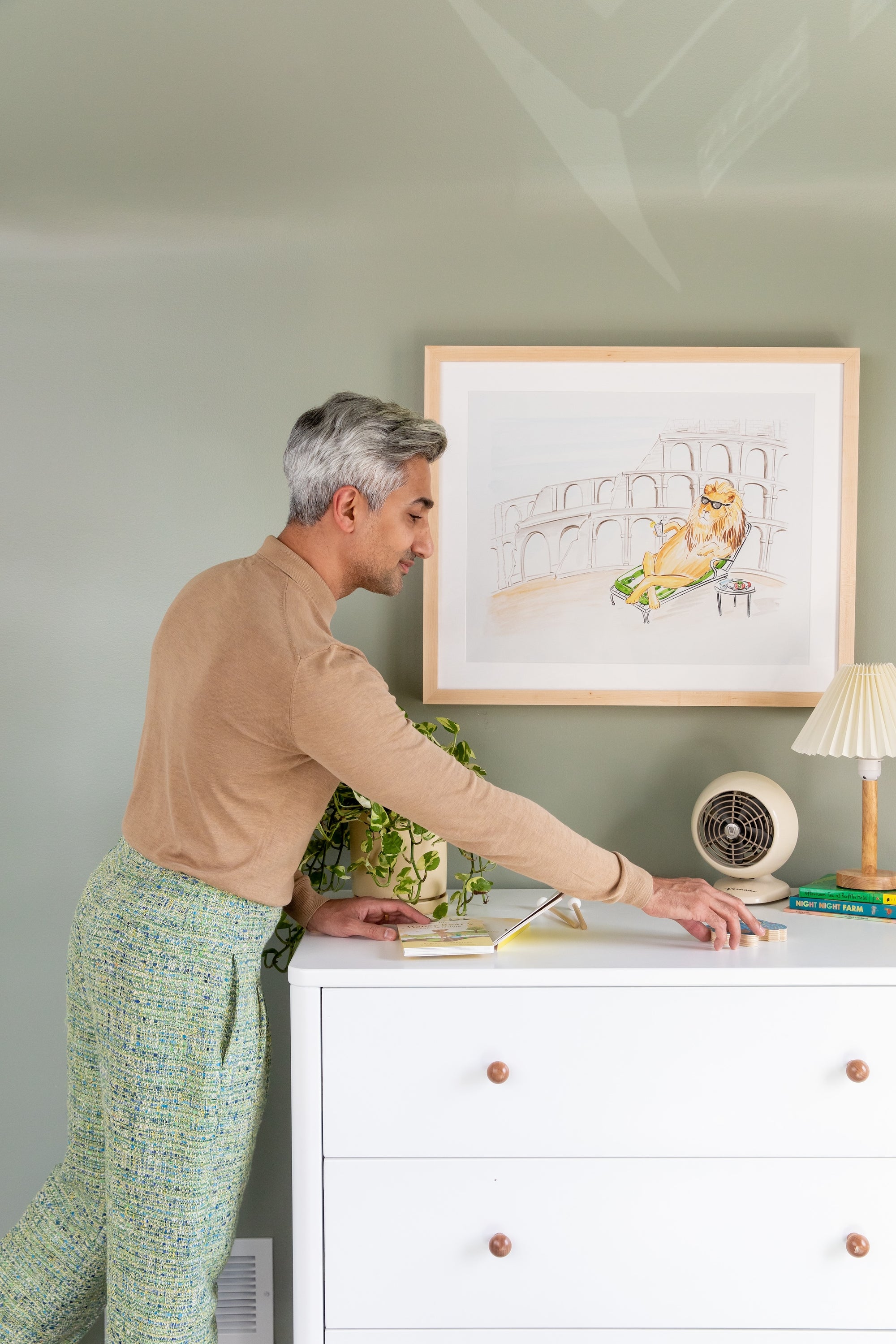
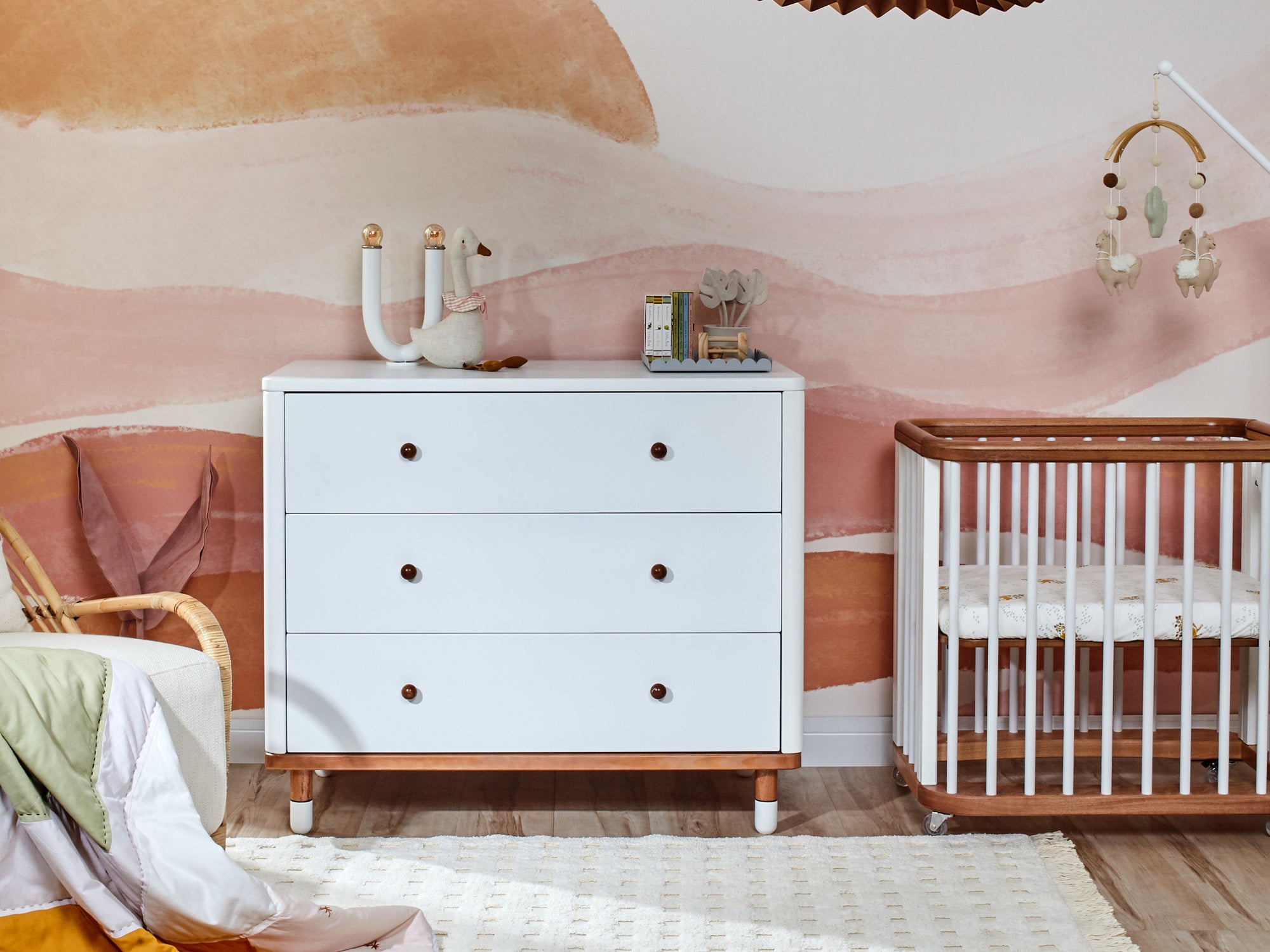
Don’t underestimate the power of small design choices. “Under-crib storage drawers can be treated like little jewel boxes—wrapped in wallpaper or fabric (a moiré, perhaps) for a tailored, finished look,” Velten shares. And where space allows, she recommends carving into the walls. “Making a shallow niche or two can create quiet opportunities for shelving and display without being too bulky,” she says. These subtle touches go a long way in adding in more dimension and depth.
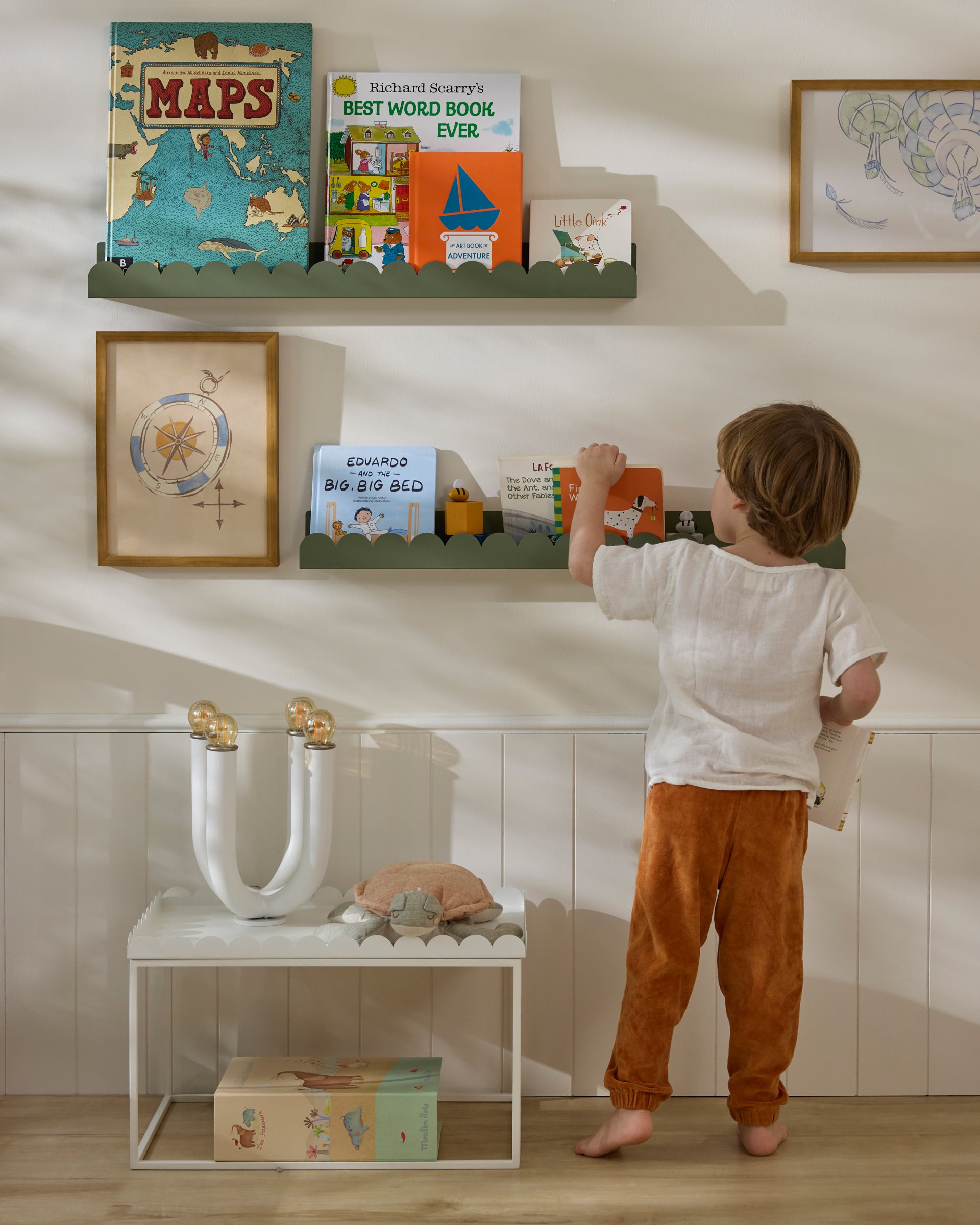
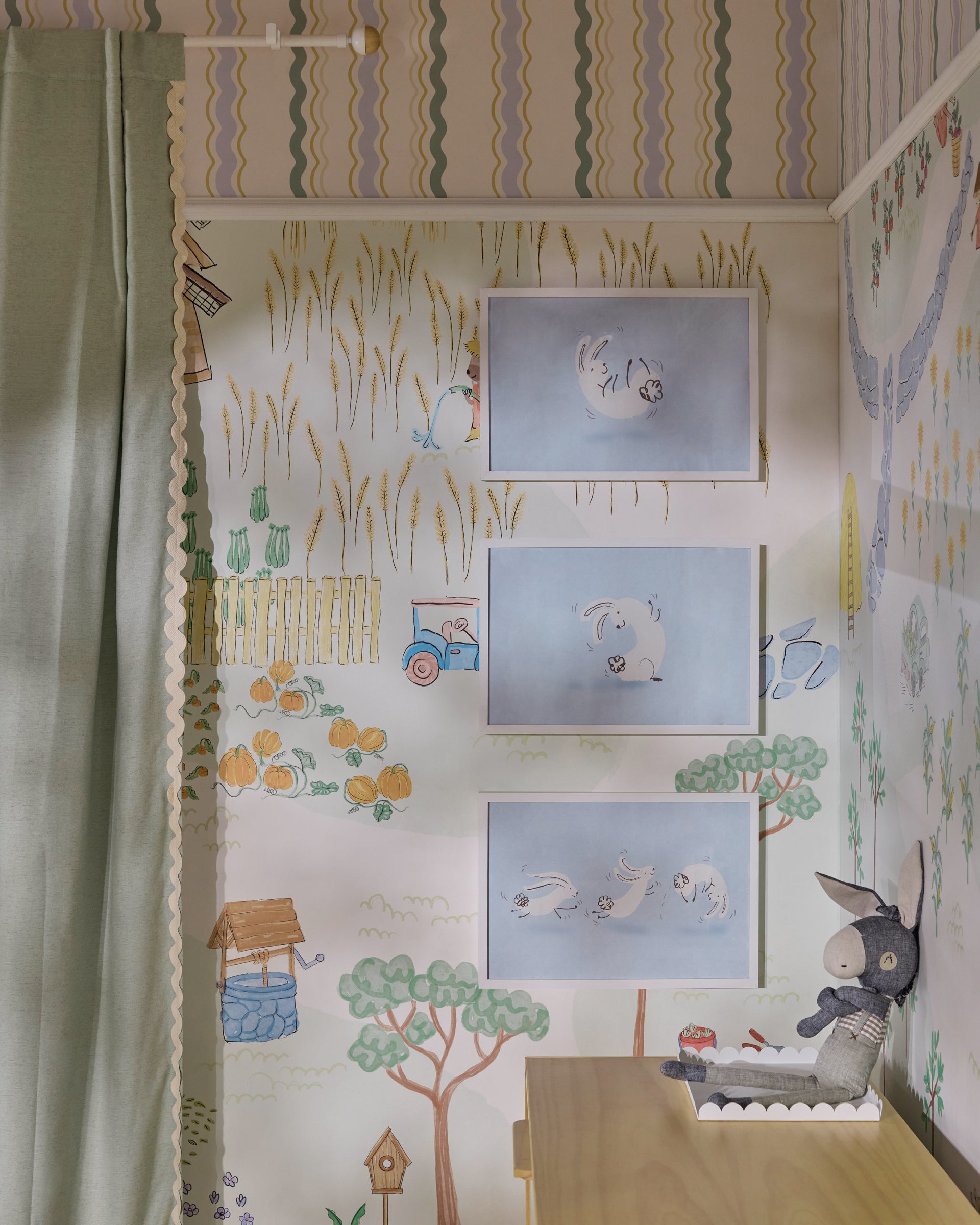
So, if you do happen to be working with limited space, these strategic design solutions prove even the smallest nursery can deliver big on style and function.